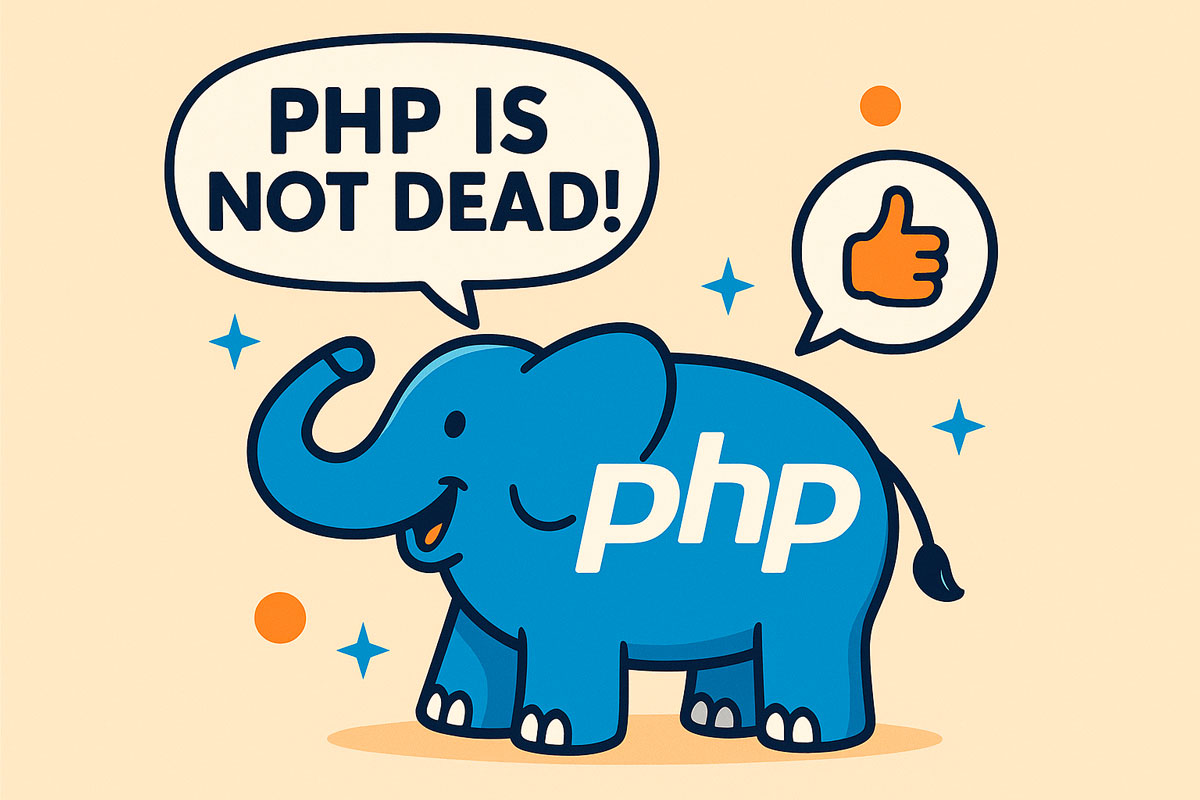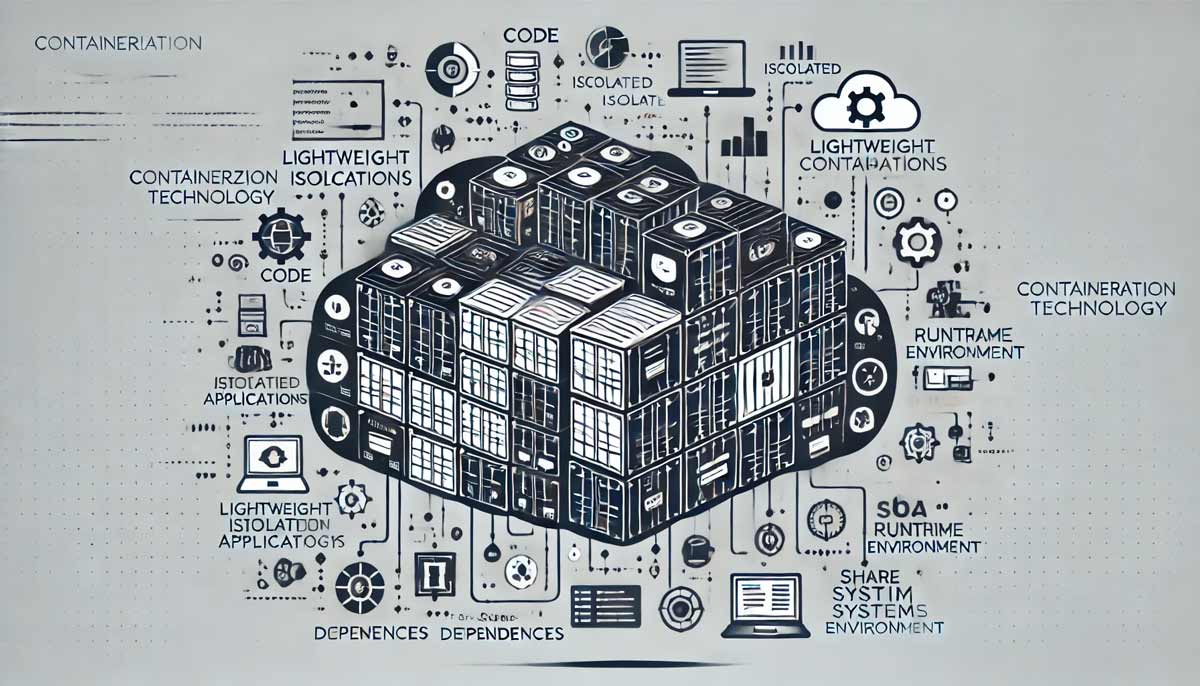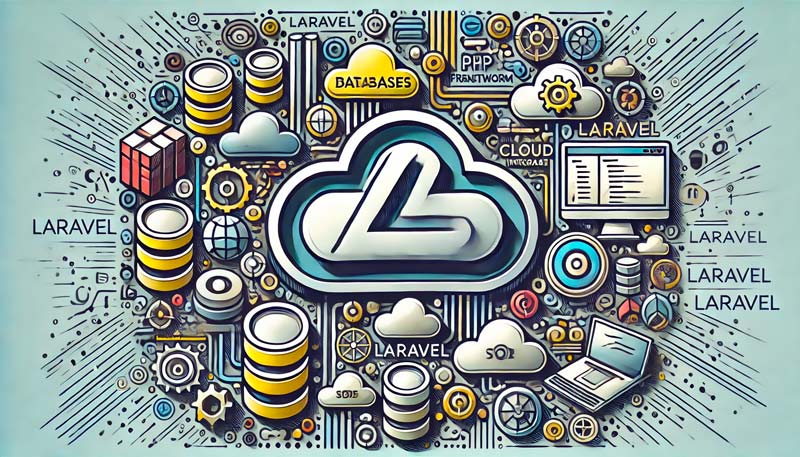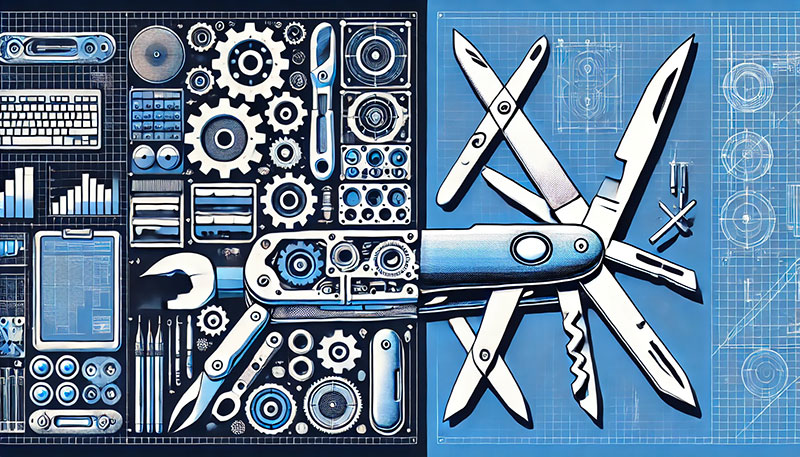Blog - Software & Web Development
Software & Web Development
Blog

PHP is not dead: the strength of a language that keeps evolving
A REFLECTION: WHY PHP IS STILL RELEVANT In recent years, among developers and digital enthusiasts, the idea has spread that PHP is a declining language, surpassed by more modern solutions like server-side JavaScript (Node.js), Python, or even Go. But this perception does not reflect reality. PHP is not only still widely used, but it continues […]

How to Create a Layout in Figma Following the Bootstrap Grid
When designing a modern website, a well-constructed layout is crucial not only for aesthetic beauty but especially to ensure efficiency, adaptability, and development speed. If you want to create in Figma a design that perfectly integrates with the Bootstrap framework – today one of the most widely used standards in web development – it is […]

WordPress and Gutenberg: How to Make the Most of the New Editor
Gutenberg has revolutionized editing in WordPress by introducing a block-based system that makes content creation more intuitive and flexible. Introduced with WordPress 5.0 in December 2018, Gutenberg replaced the classic TinyMCE editor, bringing a more modern approach to content management. In this article, we will explore how to make the most of Gutenberg’s potential to […]

Comparison Between Apache and NGINX: History, Usage, and Adoption Trends
Introduction Apache and NGINX are the two most widely used web servers in the world. Both are open source and offer robust solutions for managing HTTP requests. However, they differ in architecture, performance, and use cases. In this article, we will analyze their history, usage, adoption trends, and situations where it is preferable to choose […]

Bootstrap vs Tailwind CSS: Which Framework to Choose?
When it comes to front-end development, Bootstrap and Tailwind CSS are two of the most popular and widely used frameworks for designing user interfaces. Both have revolutionized the way developers create websites by providing tools to speed up work and ensure an attractive design. But which one is the better choice? In this article, we […]

Why Creating a WordPress Theme from an HTML Template Is the Best Choice
When it comes to developing a WordPress site, many opt for purchasing a pre-made theme from marketplaces like OneMonster or ThemeForest. However, this solution, although seemingly convenient, hides many pitfalls that can compromise the quality of the website, its SEO optimization, and long-term maintenance. Alternatively, creating a WordPress theme from a custom HTML template, which […]

Creating Microservices with Symfony: A Guide for Businesses and Professionals
Microservices are a software architecture that divides an application into small, independent services, each with its specific task. Compared to a monolithic architecture, microservices offer greater scalability, easier maintenance, and better resource utilization. Symfony, one of the most widely used PHP frameworks, provides powerful tools to create efficient microservices, leveraging technologies like Redis, Varnish, Elasticsearch, […]

Docker: What It Is, Benefits, and Production Use for PHP Developers
Docker was introduced in 2013 by Solomon Hykes as part of an internal project at dotCloud, a PaaS (Platform as a Service) platform. Its revolution was the introduction of lightweight and portable containers, based on existing technologies like LXC (Linux Containers), but with simpler and more accessible management for developers. Over the years, Docker has […]

WordPress vs Drupal: Which CMS to Choose?
When it comes to choosing a Content Management System (CMS), two of the most popular options are WordPress and Drupal. Both platforms offer powerful tools for building websites, but they differ in terms of target users, technologies used, and use cases. In this article, we will examine the main differences between WordPress and Drupal to […]

WordPress: A Deep Technical Approach
WordPress is one of the most widely used CMS (Content Management System) in the world, used to create websites of all kinds, from personal blogs to advanced e-commerce platforms. In this article, we will analyze WordPress from a technical perspective, exploring its architecture, available APIs, database structure, employed technologies, and design patterns. 1. Technology Used […]

The use of WordPress: advantages and risks of using plugins
WordPress is undoubtedly one of the most widely used and popular CMS worldwide, thanks to its flexibility and the vast range of plugins available to extend its functionality. However, the indiscriminate use of too many plugins can lead to performance, security, and maintenance issues. In this article, we analyze the main risks and recommend best […]

Comparison of Magento, Shopware, Sylius, Prestashop, and WooCommerce: which one to choose?
Choosing the right eCommerce platform for your business is a crucial decision that can influence the long-term success of your project. Magento, Shopware, Sylius, Prestashop, and WooCommerce are among the most popular solutions on the market, but each has specific characteristics that make it more or less suitable depending on budget, business type, scalability, and […]

Magento: A Strategic Choice and a Technical Analysis
Magento is one of the most popular and advanced e-commerce platforms, used by businesses of all sizes to build scalable and highly customizable online stores. This article is divided into two parts: in the first part, I will explore the reasons why businesses choose Magento, while in the second part, I will analyze the technologies […]

SEO and SERP Optimization: Why HTML Validation is Essential
HTML validation is not a direct ranking factor for Google, but its impact on SEO and SERP is far from negligible. A clean and standards-compliant code improves indexing, loading speed, and user experience, all fundamental elements for online success. Benefits of HTML Validation 1. Better Indexing and Rendering Search engines like Googlebot and Bingbot analyze […]

WordPress: The Technology, Users, and Reasons for Its Success
Introduction WordPress is the most widely used CMS (Content Management System) in the world, with over 40% of all websites on the Internet built on this platform. But what technologies power WordPress? Who uses it and why? In this article, I analyze the reasons for its success and the profile of users who choose this […]

Drupal: The Powerful and Scalable CMS for the Modern Web
Introduction to Drupal Drupal is an open-source Content Management System (CMS) written in PHP, widely used to create complex websites, corporate portals, e-commerce platforms, and advanced digital applications. Its modular architecture and flexibility make it a popular choice among developers and businesses worldwide. Drupal was first released in 2001 by Dries Buytaert and has since […]

Symfony in Major Open Source Systems: A Guarantee of Quality
Symfony is one of the most widely used and respected PHP frameworks in the web development landscape. Thanks to its modular architecture, robustness, and large developer community, Symfony has become the backbone of many successful open-source platforms. Among them are PrestaShop, Drupal, Shopware, and many others, leveraging its features to ensure scalability, security, and maintainability […]

Why is Laravel becoming increasingly popular?
In recent years, Laravel has become one of the most widely used PHP frameworks by both developers and companies. Its popularity is due to a combination of technical factors, experience, and community support. In this article, we will analyze the reasons for its success, compare it with other PHP frameworks, and explore the benefits for […]

Laravel Vs Symfony - Key Concepts and Terminology
Symfony and Laravel are two very popular PHP frameworks, each with its own approach and terminology. In this article, I compare the main concepts of Laravel with their equivalents in Symfony, providing code examples for each case.

Artificial Intelligence: The Key to Business Competitiveness in the Near Future
Artificial Intelligence (AI) is no longer a futuristic concept but a concrete reality that is profoundly transforming how businesses operate, innovate, and compete in the global market. The increasing adoption of AI solutions by leading companies is a clear signal: those who can integrate AI into their business processes will have a tangible competitive advantage. […]

Object-Oriented Programming (OOP) in Symfony and Laravel Frameworks
The Object-Oriented Programming (OOP) is a fundamental programming paradigm in modern PHP frameworks like Symfony and Laravel. Both use design patterns to ensure scalable, readable, and maintainable code. In this article, we will explore the main patterns used in both frameworks, comparing their implementations. Main Design Patterns in Symfony 1. Dependency Injection (DI) Symfony is […]

What to do after launching an e-commerce if the results don't come?
Launching an e-commerce is a significant milestone, but often, after the initial excitement, I find myself facing a complex reality: sales are not taking off as expected. This scenario is more common than you might think and does not necessarily indicate a project failure. With a proper analysis of the issues and a targeted action […]

WooCommerce vs PrestaShop: Comparison Between the Two Platforms
When it comes to creating an online store, WooCommerce and PrestaShop are two of the most popular and widely used platforms. Both offer effective solutions, but they differ significantly in terms of cost, usability, programming difficulty, availability of extensions, and themes. In this article, we will analyze these aspects to help you choose the most […]

Symfony vs Lavarel
People often ask me, “Michele, which is better for my web project: Symfony or Laravel?” The answer, as with many things, is: it depends. Both PHP frameworks are very powerful, but each has features that make it particularly suited to specific purposes. Symfony Symfony is a mature, robust, and flexible framework, ideal for complex and […]
